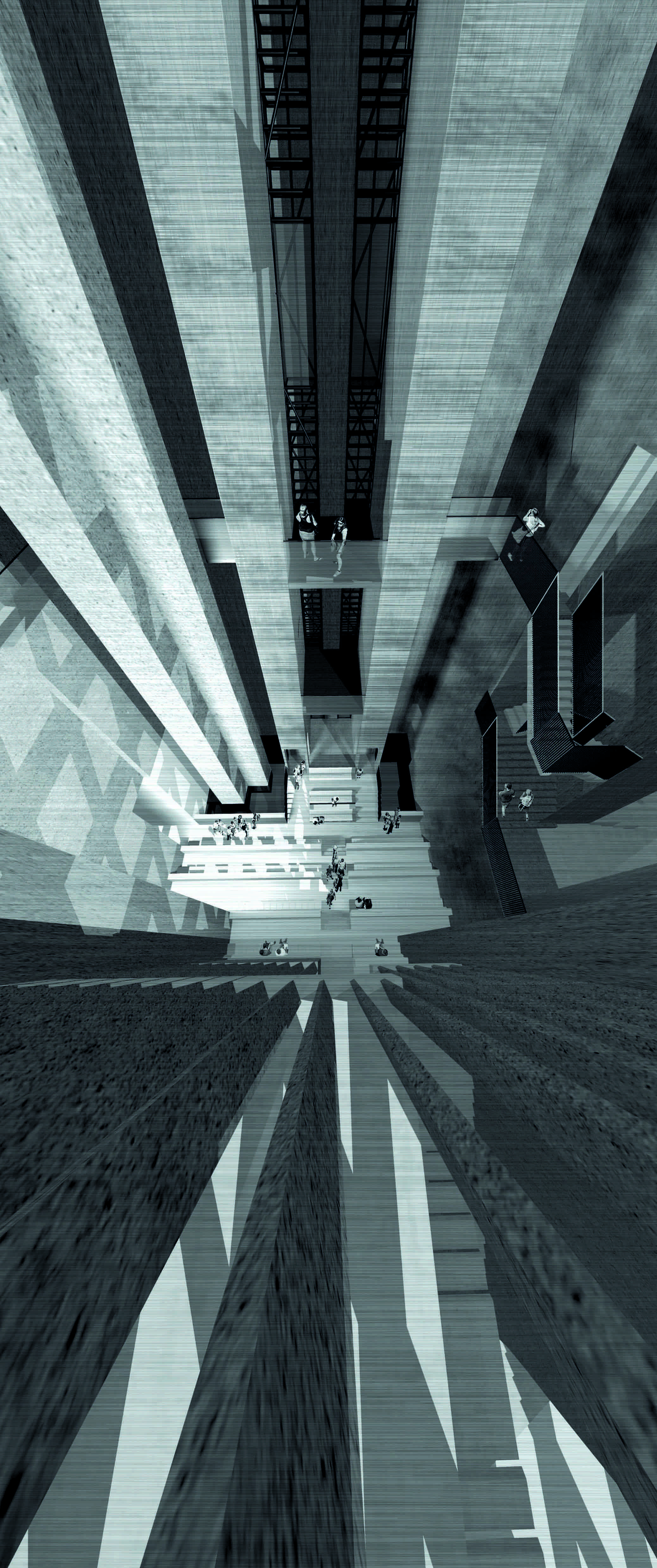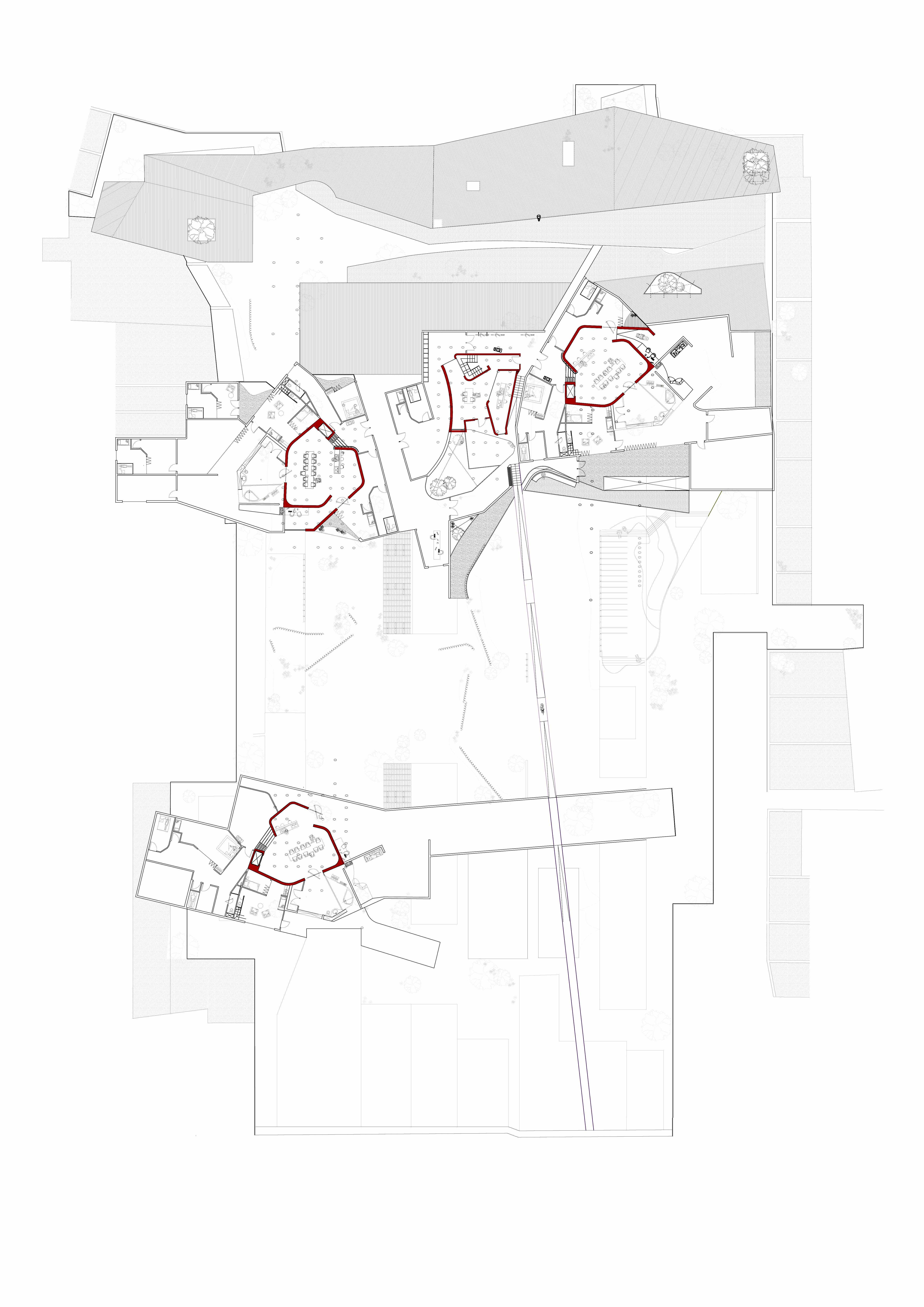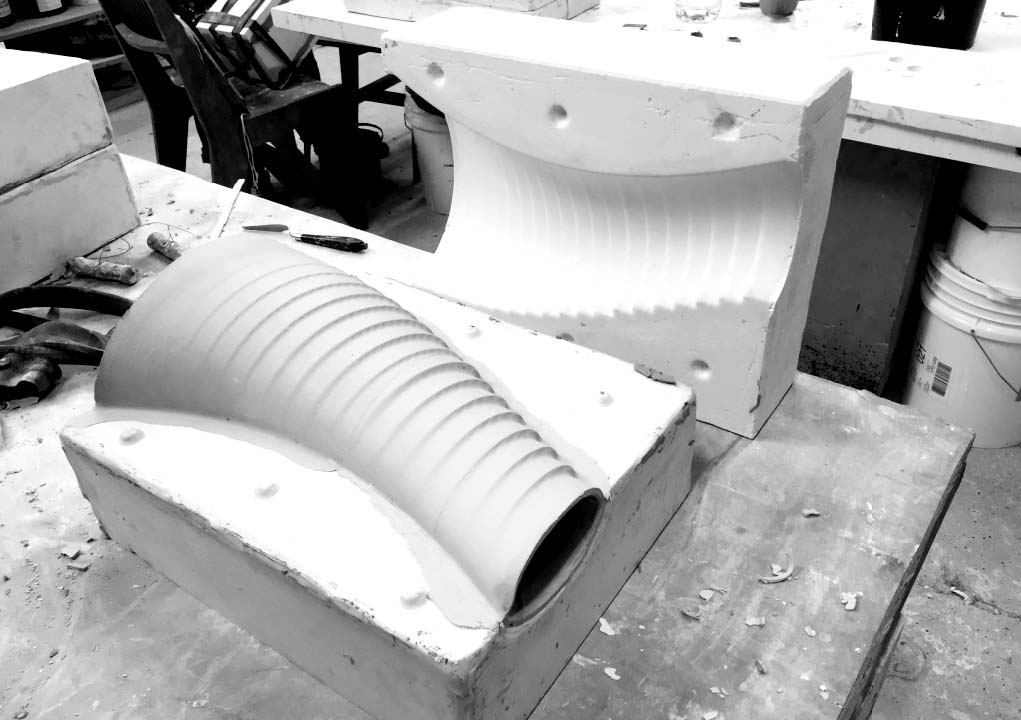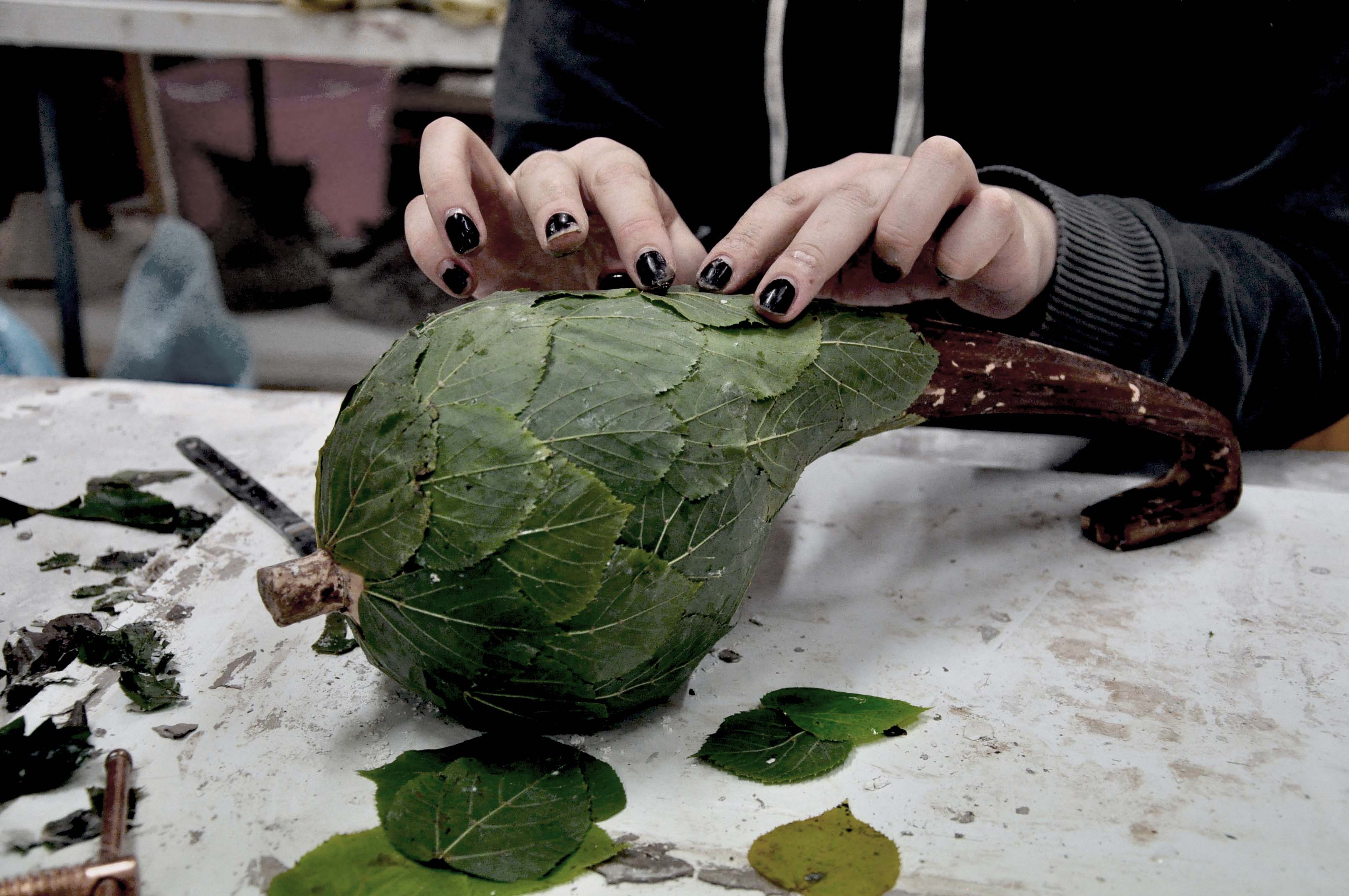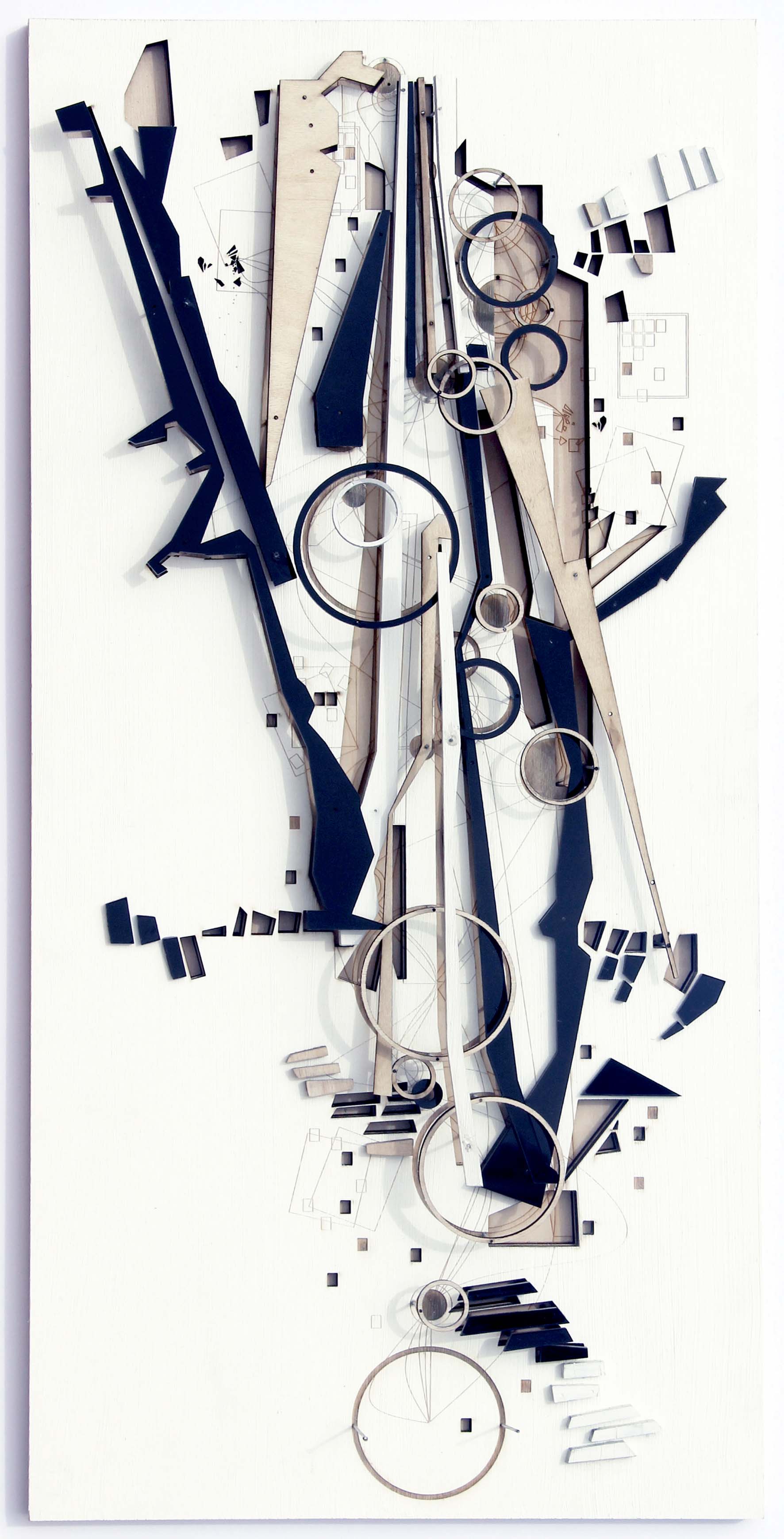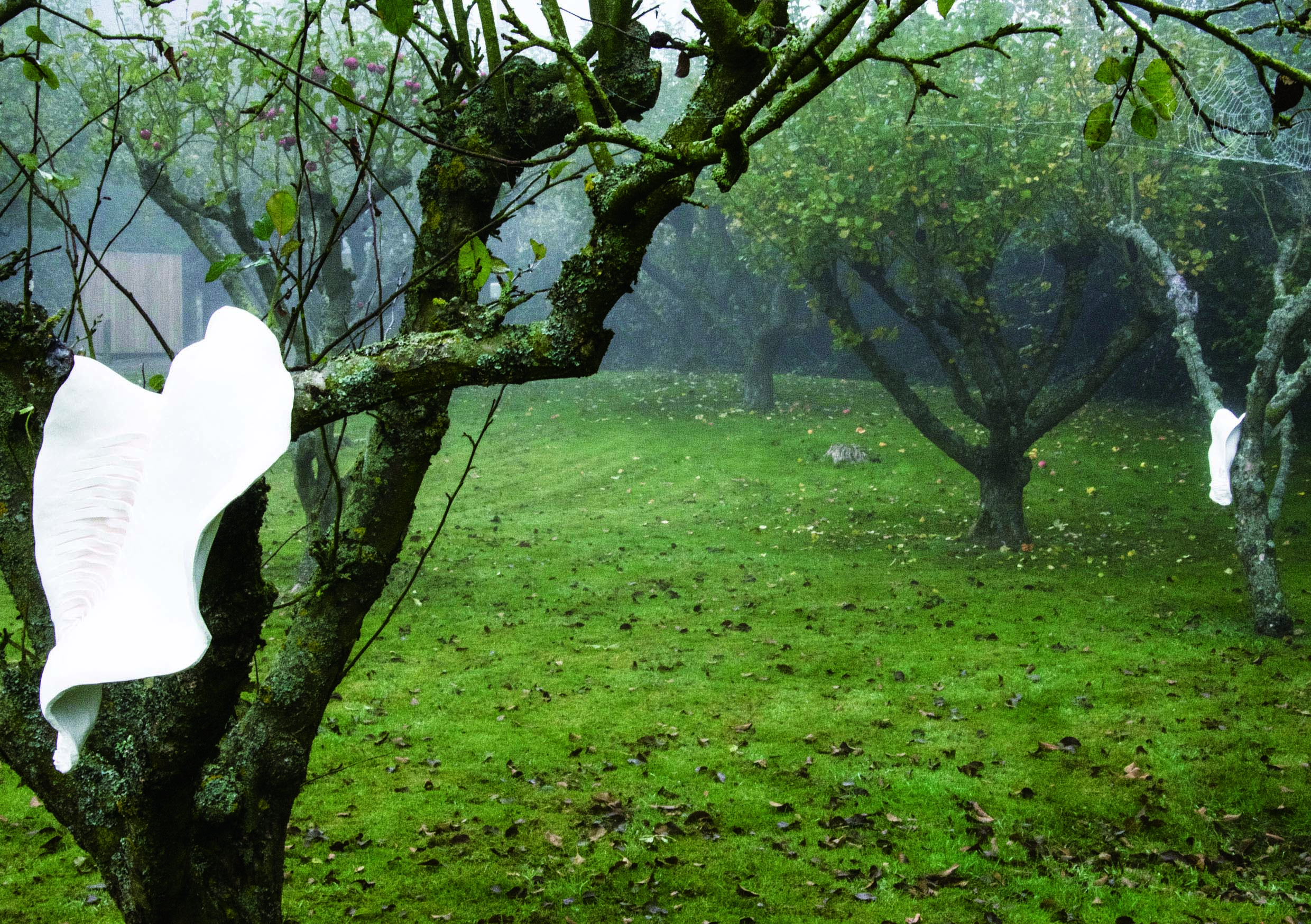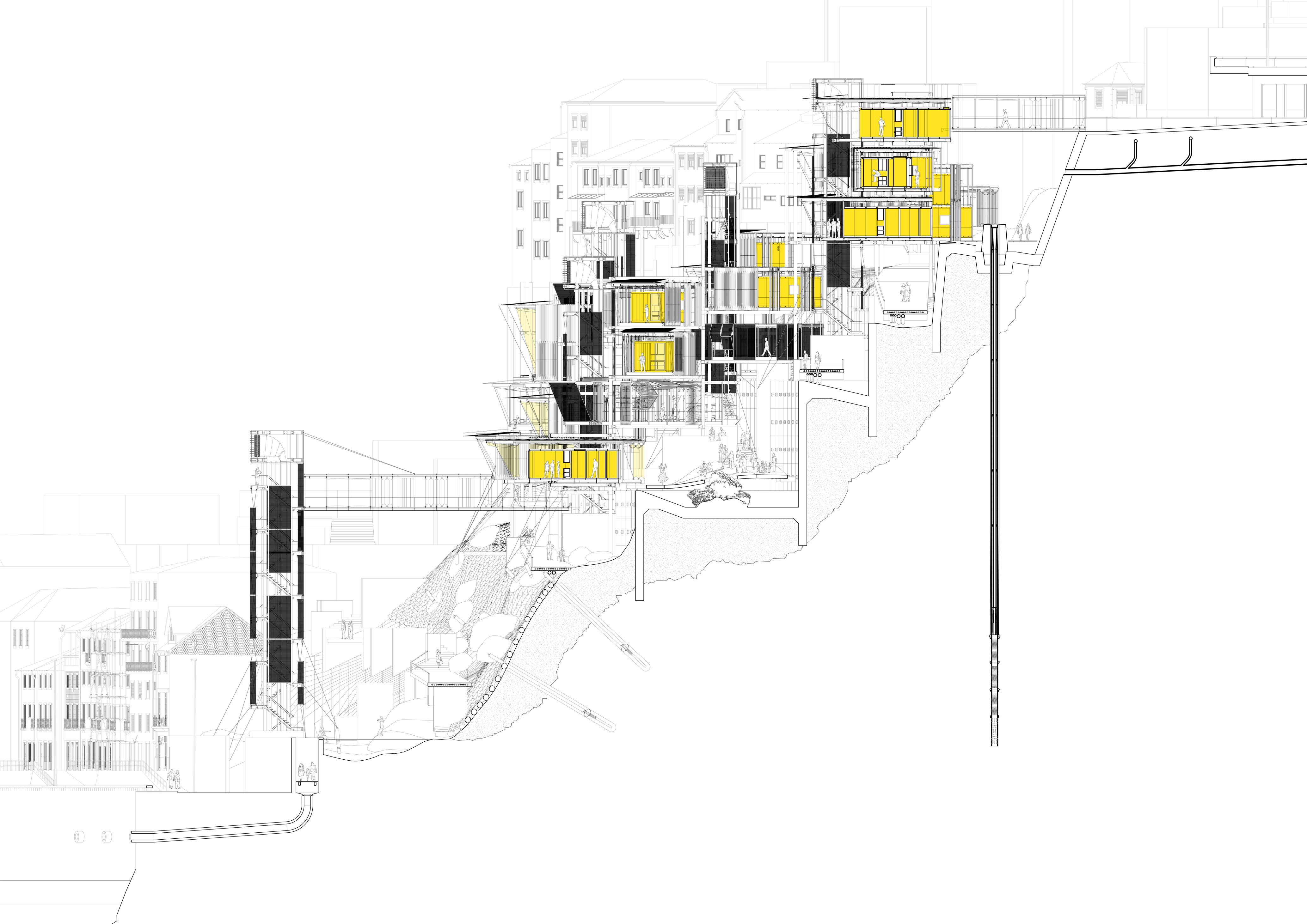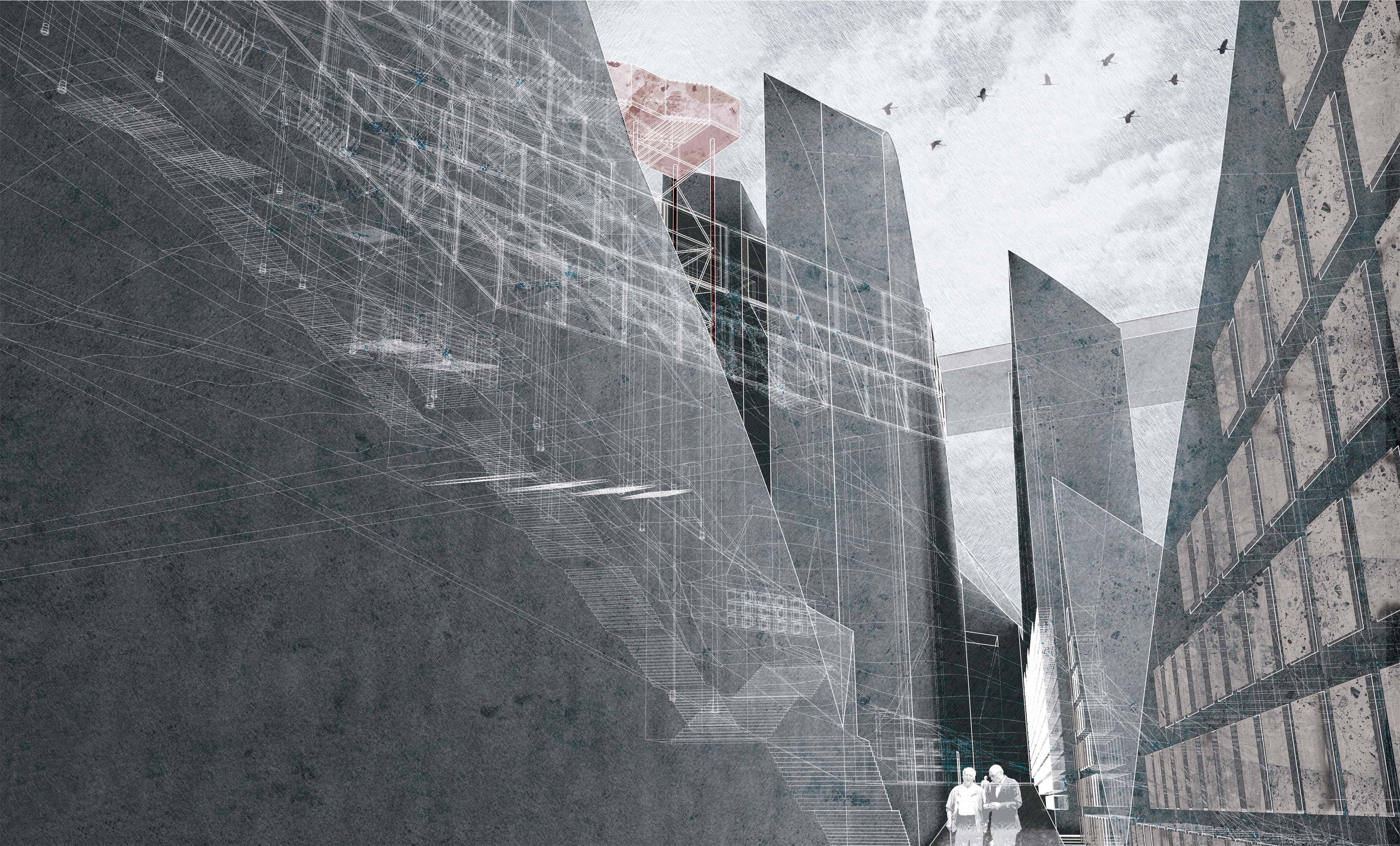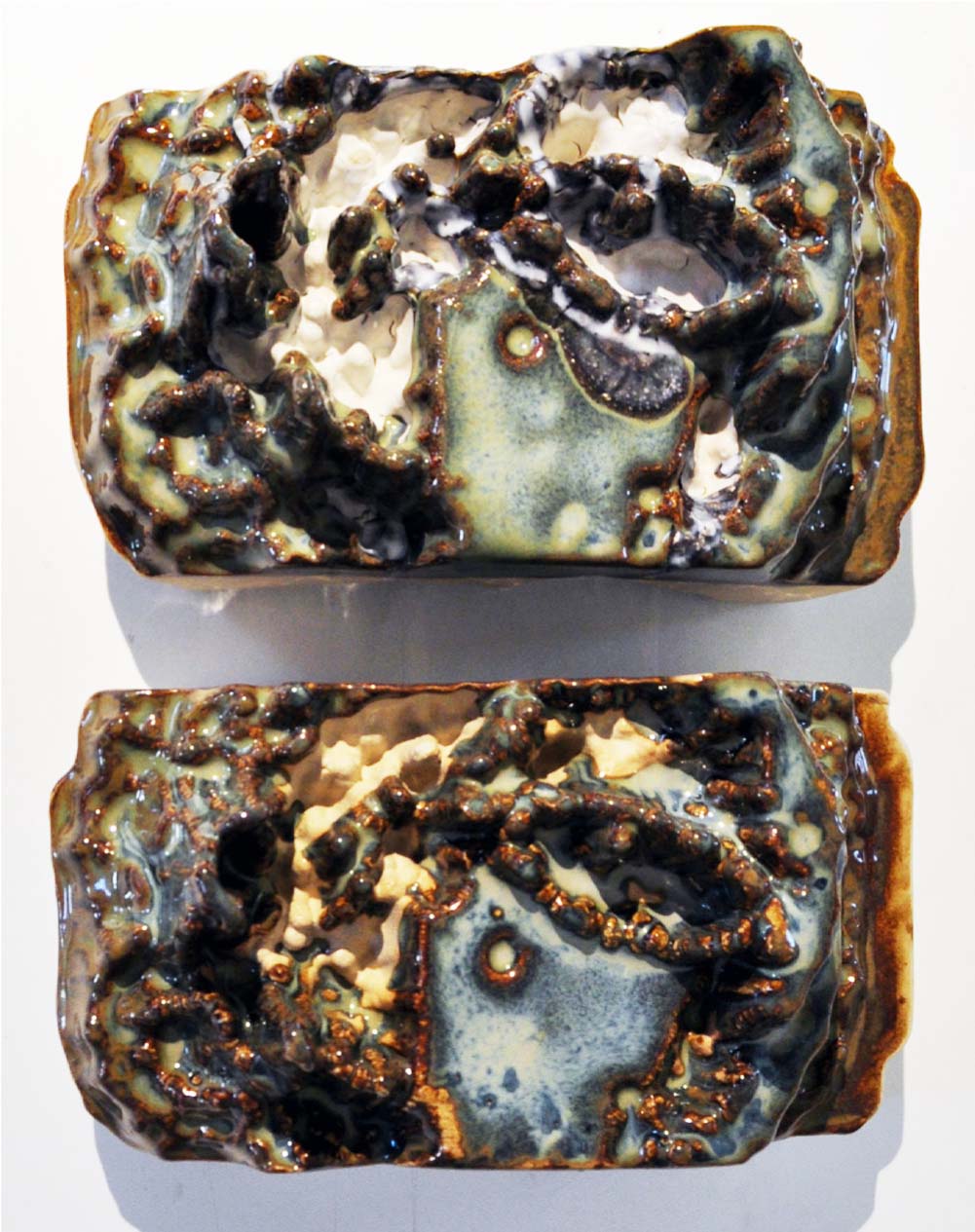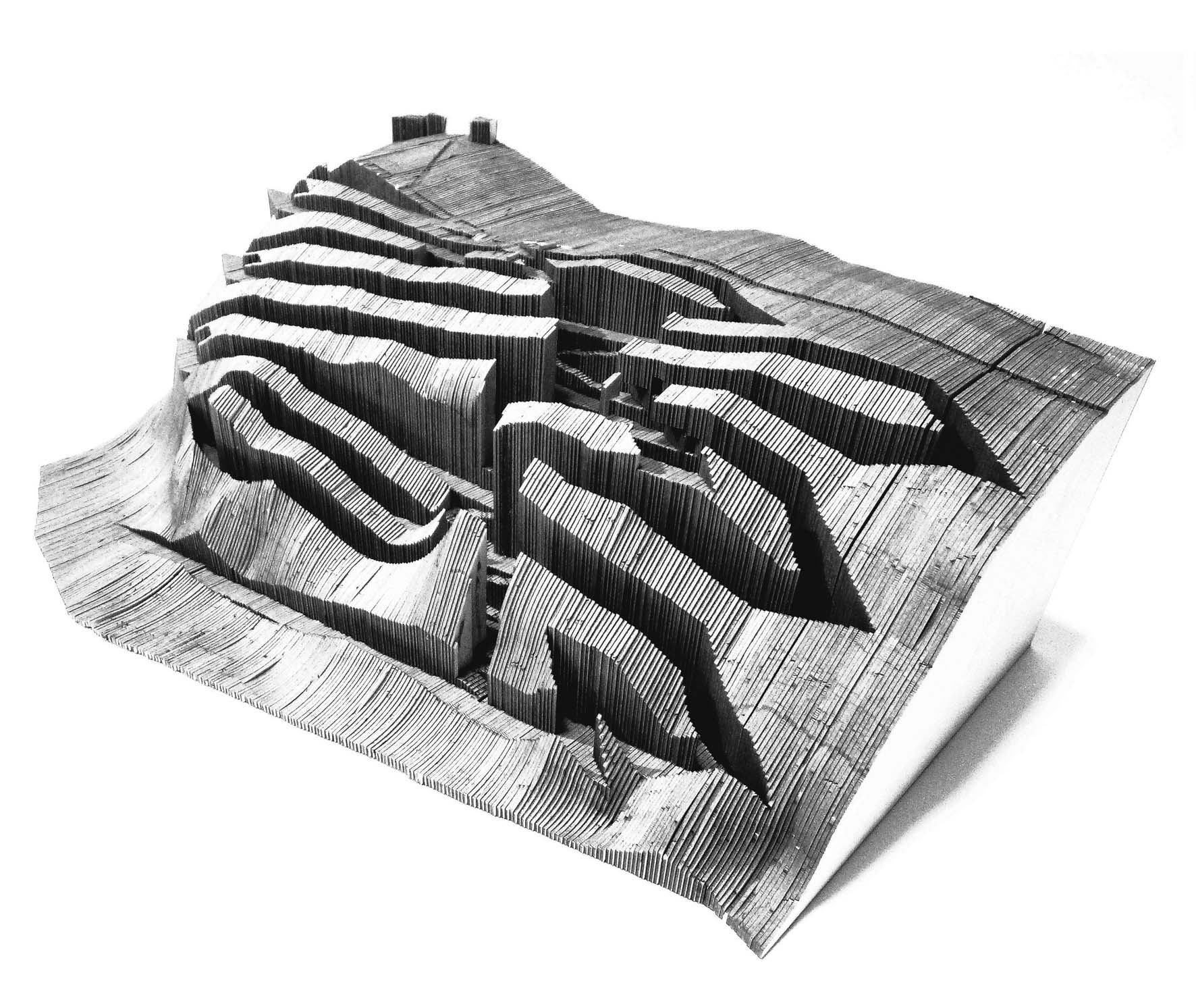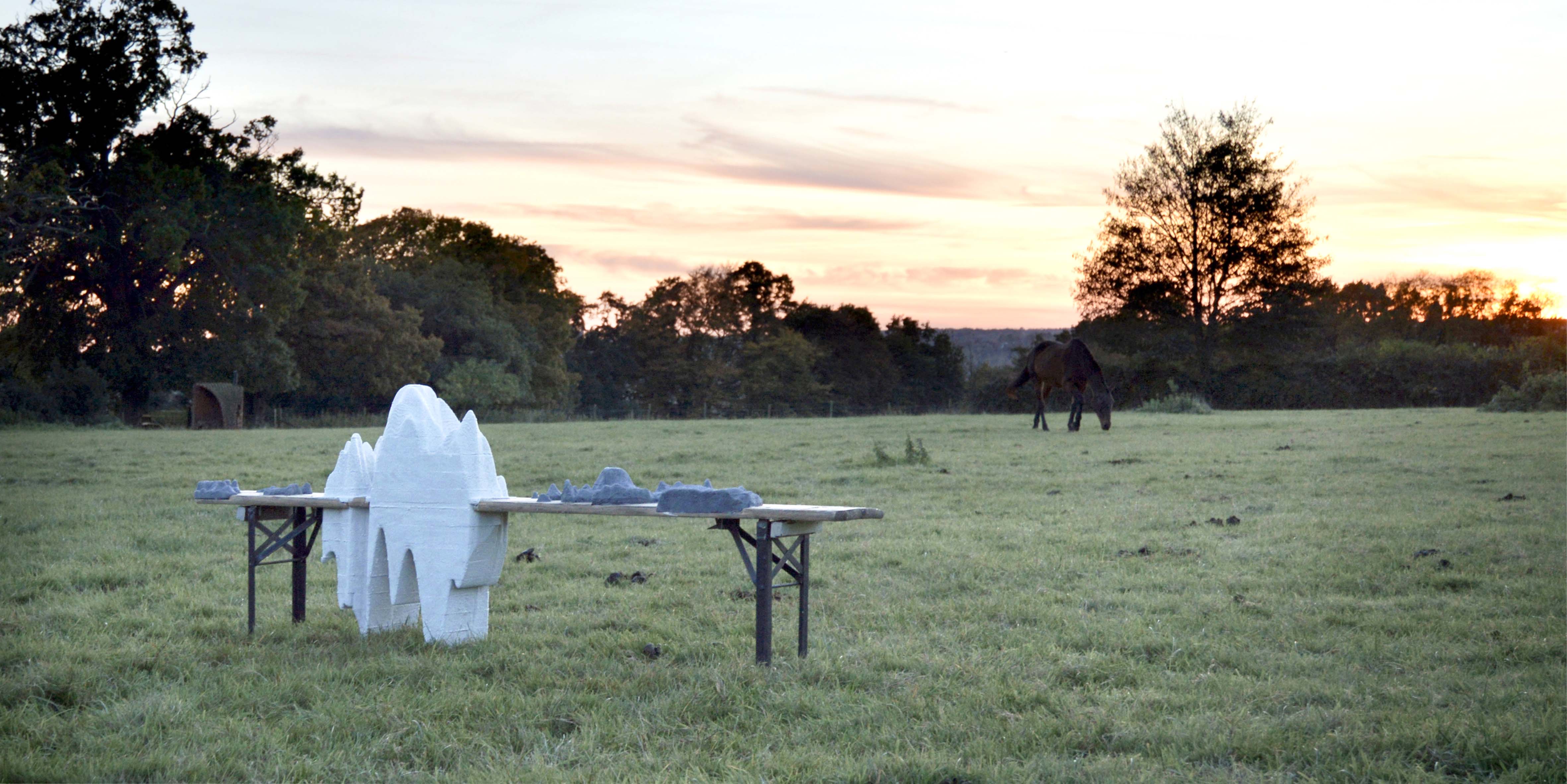Design Studio 16 ARCHIVE
Tutors: Anthony Boulanger, Stuart Piercy and Callum Perry
Anthony Boulanger has an MArch from the Bartlett UCL and is co-founding partner of AY Architects, recognised for innovative design and research, winner of the Stephen Lawrence Prize in 2013.
Stuart Piercy is a Fellow of the Royal Society of Arts and founder of the acclaimed award-winning practice Piercy&Co.
Callum Perry, DS16’s newest member, graduated from the studio in 2014 and has since been working at Grymsdyke Farm and at Piercy&Co. Together they offer students a platform for experimentation of architectural concepts instigated by a culture of making.
Fire and Ground
DS16 returns from a year sabbatical to continue to build on an ethos that challenges students to create experimental spatial design projects that are informed by a critical response to social, cultural, political and economic contexts with an emphasis on an engagement with materials and an understanding of craft. We support students to explore specific interests in material processes by facilitating specialist fabrication input.
The process and techniques for the making of ceramics was the theme for an intense 5 weeks of creative collaboration at the start of term 1. In small groups, and with specialist help from ceramics expert Jessie Lee, students utilised the unique facilities at Grymsdyke Farm to interrogate, test, design and install a variety of ceramic pieces. The initial challenge was to consider the ceramic replication of an inspirational artefact of cultural significance. This was then re-interpreted and adapted as a site specific installation in the setting of the farm. The intrinsic process of forming, moulding, casting, firing and glazing, performed by both analogue and digital means, was as important as the final installations.
The investigations shifted to the scenic city of Porto as the base for the main individual design project, where students conceived their own briefs and carried out research to situate their interventions. We were initially attracted to the city by its UNESCO World Heritage status, a delightful history of ceramics and a culture of contemporary architectural vernacular. We ended up becoming engaged with a struggling, semi-abandoned, urban imperative, derelict by its heritage safeguards and the financial crisis and resulting in population decline through mass suburbanisation. This being curiously at odds with an on-going attempt of touristification to redefine the city’s future.
Many enquiries evolved as bold reactions to this unusual urban, social, cultural and environmental accumulation. A variety of processes were encouraged to develop designs with an explicit civic initiative, operated by an engagement with the experience of making and the architect’s place in the material world.










